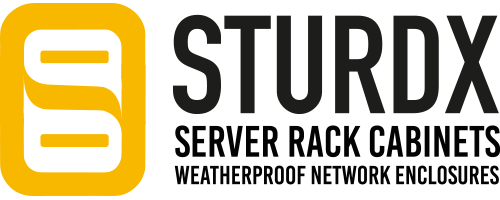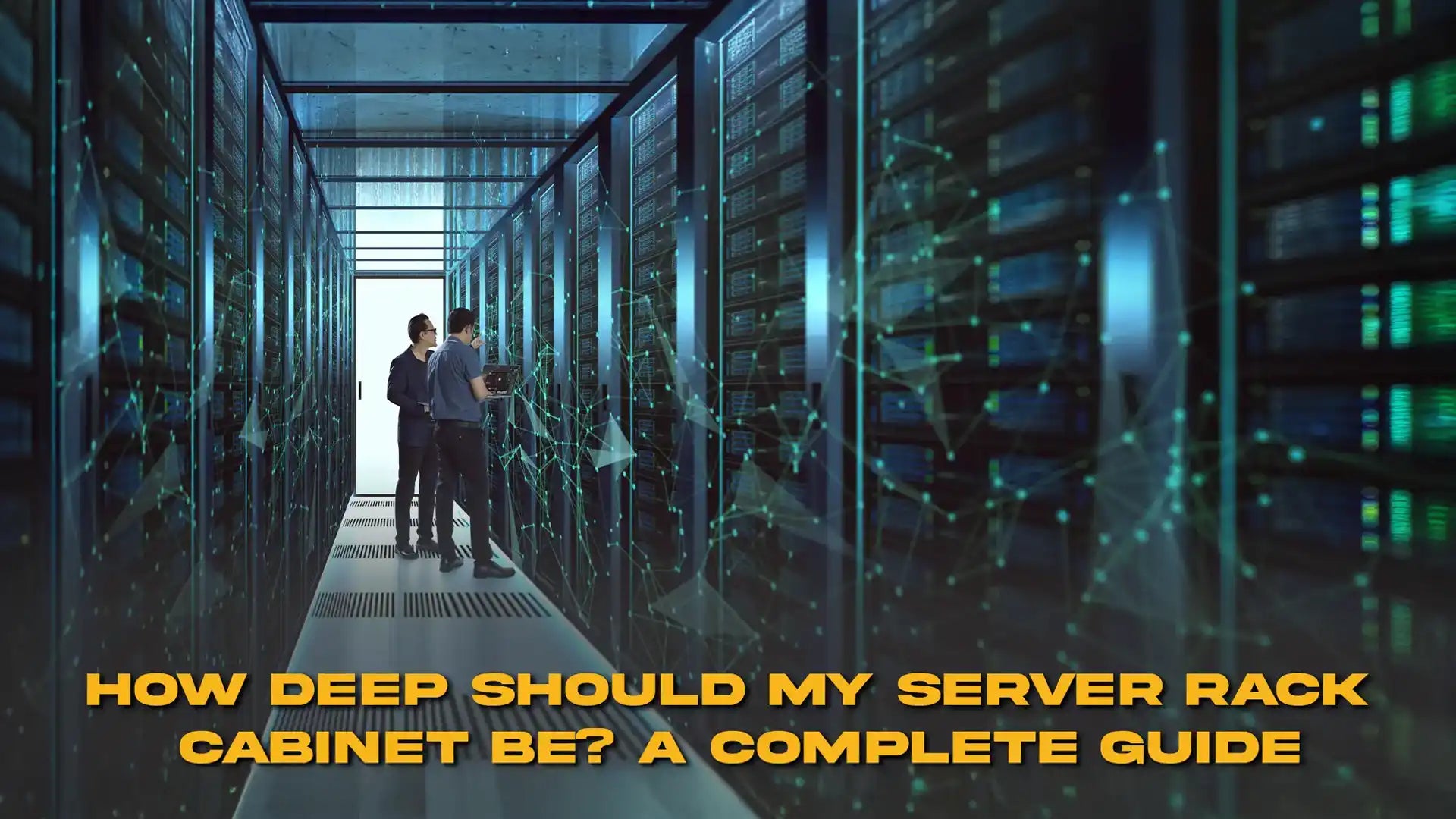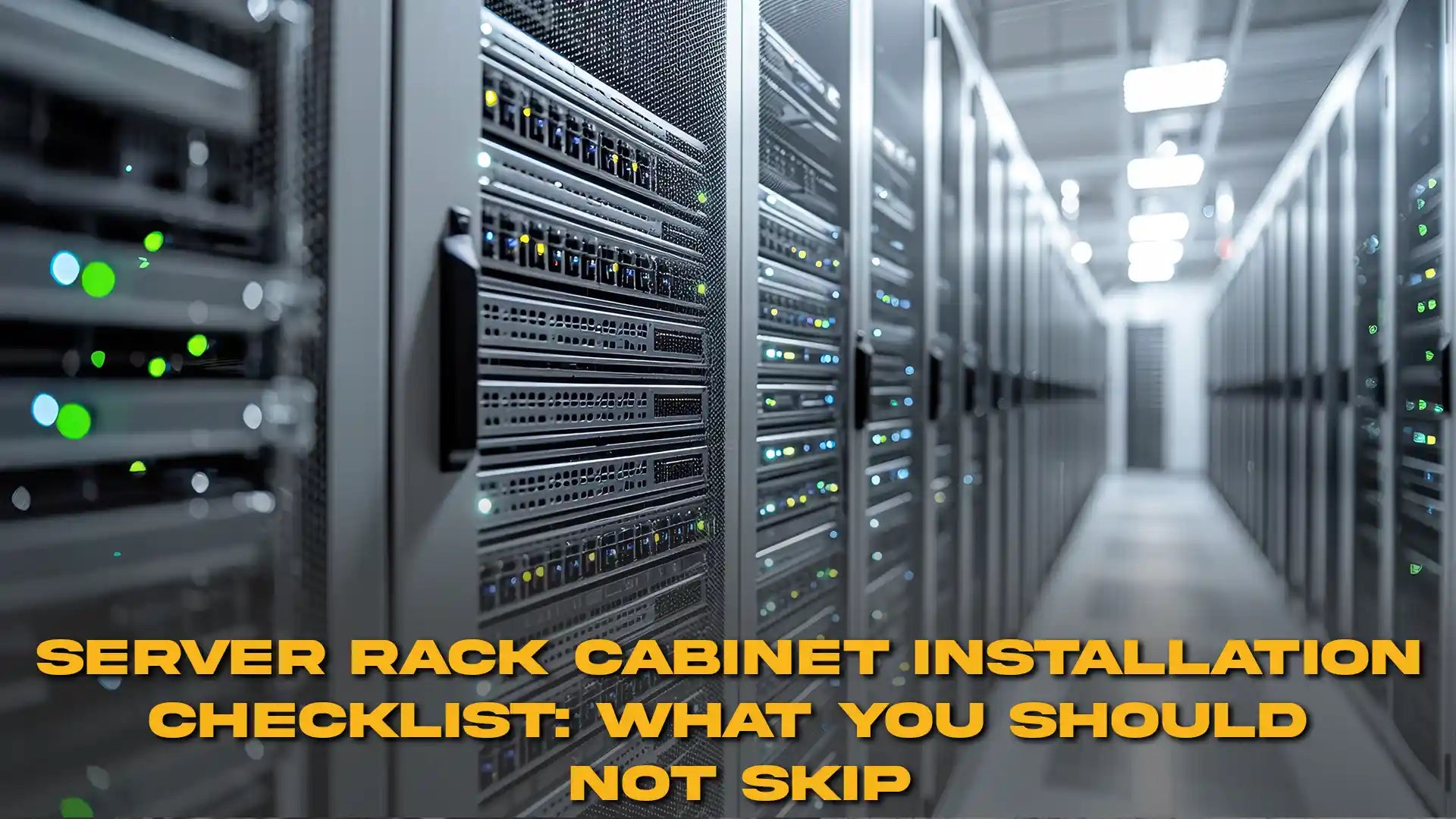When it comes to managing IT infrastructure, choosing the right secure server enclosure can make or break your data center's overall efficiency and safety. Whether you’re designing a new server room or upgrading existing equipment, the choice between a secure enclosure and a standard rack goes far beyond aesthetics. It’s a decision that influences physical security, airflow management, cable organization, and even compliance with industry regulations.
Most IT managers and data center engineers are unaware of the amount of impact server housing solutions can have on long term performance. While a standard server rack might be less expensive upfront, not taking into account the benefits and safeguarding of an enclosed system could lead to costly problems down the road. In this article, we will compare secure server enclosures with standard racks across several areas ranging from build quality to environmental monitoring so that you can make an educated decision.
What Is a Secure Server Enclosure?
A secure server enclosure is a locked, ventilated cabinet where IT equipment like servers, switches, and patch panels are housed. It provides physical protection and environmental control in a single package. Compared to open frame racks, enclosures are totally closed and provide limited access to only authorized personnel.
The enclosure design includes such as perforated doors for air ventilation, adjustable mounting rails, and lock-in provisions that provide access control. These units are especially critical in settings where data center rack security is a top concern. Whether your equipment is being used in a colocation data center or within a shared environment, the added physical barrier significantly reduces tampering and unauthorized access risks.

In addition, enclosures encourage better cable management and airflow control, which could extend the life of your servers. Most enclosures also offer room for additional, optional features like thermal sensors, fans, or power distribution units, enhancing monitoring and cooling efficiency.
Learning the Standard Server Rack
A standard server rack is an open frame piece of equipment designed to hold IT gear in a vertical orientation. Such racks are widely utilized in secure, access controlled areas like locked server rooms, and they provide excellent access for maintenance and upgrades.
Their simplicity and cost are two of their biggest selling points. They are usually standard sizes—often 42U tall with standard server rack dimensions of 19 inches wide—and ideal for uses where airflow and cable management are not as big of an issue. As they are open all the way around, they allow for natural cooling and easy equipment access.
But with no enclosure, there is little to no dust protection, physical damage, or unauthorized access. If your gear is in a shared or exposed environment, an open rack may be a liability. That's where the added security and strength of an enclosed cabinet enter the picture.
Comparing Build Quality and Material Strength
The largest distinction between these two options is how they are constructed. A secure server enclosure is usually built with reinforced steel panels, tempered glass, and industrial grade locks. These enclosures are built for where durability and protection are most important.
In comparison, the majority of standard rack hardware is constructed from lighter materials like mild steel or aluminum. Though it may be sufficient for secure server rooms with restricted access, it's far less secure than an enclosure. If your business operates in an environment where the equipment is likely to be exposed to accidental shock or human intrusion, you require something more robust.

In addition, enclosures have configurable panels, lockable side doors, and closable cable entry points. This added flexibility not only facilitates security but also makes the way hardware elements can be organized tidily in a professional way easier.
Security: Physical Access and Compliance
The biggest selling point of a secure server enclosure is, undoubtedly, its higher physical security. Enclosures are designed to fulfill such standards as HIPAA, PCI DSS, and ISO/IEC 27001, which demand robust physical protections to hold sensitive information.
Most but the simplest enclosures feature keyed or digital locks to restrict access to trained personnel. Some of the more costly models even allow biometric integration or RFID readers. This level of control is required in institutions where secure server rack integrity is most important, such as banks, hospitals, or government installations.
By way of contrast, standard racks are deficient in terms of security. They offer no useful resistance to theft or tampering. This makes them a poor choice in multi tenant spaces or where regulatory compliance is necessary. Where physical access needs to be regulated or monitored, enclosures are the obvious solution.
Airflow and Cooling Capabilities
Where temperature control is necessary, airflow can be both a problem and an opportunity. An enclosure for a server is designed with airflow control. Perforated side panels and doors, and built in fan units, allow for unobstructed airflow in the cabinet.

These enclosures often are hot aisle/cold aisle containment system compatible, which contains heat exhaust and optimizes cooling. This particular configuration is particularly useful in large data centers where thermal management is a significant component of operational costs and hardware performance.
Conversely, standard racks depend only on room ambient airflow. While this is effective in certain cases, it is not effective when equipment density rises. Without controlled airflow, hot spots can form and, in turn, shorten the life of your servers and create erratic performance problems.
Space Management and Scalability
A secure server enclosure provides more organized and expandable options when planning long term infrastructure. With numbered U-spaces, user configurable rails, and cable management systems integrated, enclosures allow for rapid expansion and equipment replacement without giving up organization.
They also provide increased vertical and horizontal cable pathing, reducing cable clutter and enhancing airflow. These capabilities are vital for data centers anticipating future growth or continuous equipment swapping.
On the other hand, though less expensive and quicker to deploy, generic racks are not as internally organized. Cable sprawl and poor equipment labeling are issues, complicating scaling without significant operational interruptions. This is especially limiting for firms expecting high equipment turnover or expansion.
Cost Considerations: Short Term vs Long Term Value
It is true that standard server racks cost less initially. The components cost less, it is simpler to assemble them, and they need to be installed less customarily. For smaller companies or startups, this might prove too enticing.
However, when one factors in total cost of ownership, a secure server cabinet typically proves to be the smarter buy. The reduced risk of damage to equipment, downtime, or security breach repays itself down the line. Add to that the improved airflow, cable management, and compliance support, and the math is clear.
Ultimately, it's a classic example of "you get what you pay for." If what you need is flexibility, conformity, and long term durability, spending a few more dollars on an enclosure might end up costing you much, much more in the long run.
Real World Use Cases: Which One is Right for You?
If your company stores equipment in an open office environment, shared space, or colocation facility, a secure server enclosure is necessary. It will protect your infrastructure from unwanted access, environmental factors, and even vandalism.
On the flip side, if your servers are located in a locked room with controlled access and 24/7 monitoring, a standard server rack may be all you need. It provides good ventilation and easy access for technicians, without the added complexity of an enclosure.
Hybrid spaces might apply the best of both. For example, use secure cages for mission critical hardware and standard racks for backup or auxiliary systems. This allows you to balance cost and security according to the sensitivity of the equipment.
The Bottom Line: Protection vs Simplicity
Ultimately, it all comes down to your particular operational requirements. Do you want protection, compliance, and longevity through a secure server enclosure? Or do you require something straightforward, easy to access, and budget friendly?
Although standard racks work well for simple configurations, they leave the door open for a whole lot of danger in data center rack security. Enclosures, however, offer an end to end solution that protects both security and scalability.
If your business is growing or involves sensitive data, choosing a secure server enclosure will future proof your system and reduce possible vulnerabilities.
Picking the right server housing solution isn't a technical decision—it's a strategic one. A secure server enclosure offers greater protection, better organization, and confidence that your infrastructure will stand the test of time. While budget server racks may be cheaper and easier to find, they're also filled with trade offs in security and scalability.
Think long term. Think safe. Your servers—and your future self—will thank you.




Leave a comment
This site is protected by hCaptcha and the hCaptcha Privacy Policy and Terms of Service apply.